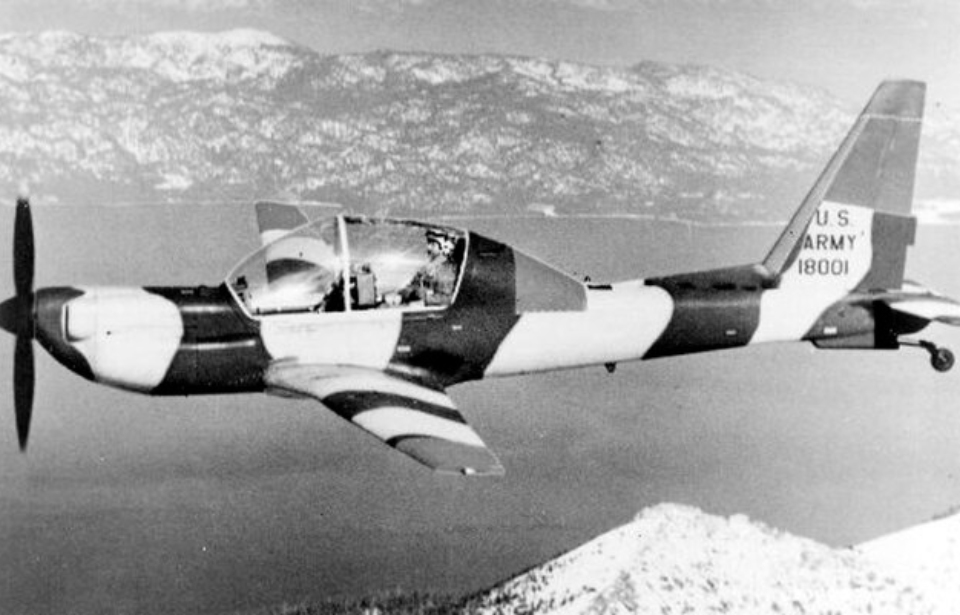When discussing American stealth aircraft, the Lockheed SR-71 Blackbird, Northrop B-2 Spirit, and Lockheed U-2 “Dragon Lady” frequently come up. However, the US Army also used a more discreet model: the Lockheed YO-3 Quiet Star. Unlike the others, this aircraft wasn’t particularly hard to spot using conventional methods like speed, radar-absorbing coatings, or distinctive shapes. Its most special feature was its extraordinary quietness.
What does it mean for an aircraft to be stealthy?
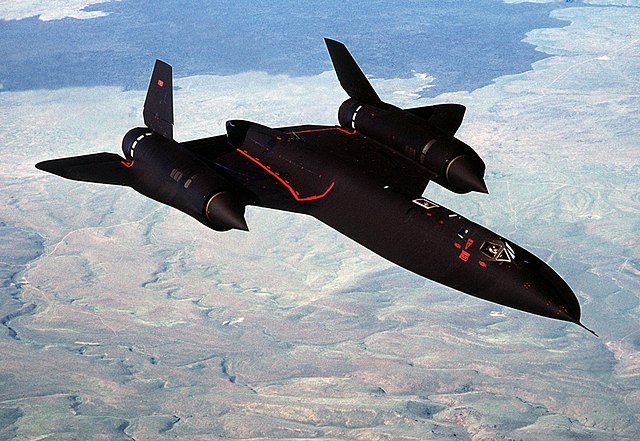
For aircraft, “stealth” is simply the ability to avoid detection via any means necessary. Those charged with coming up with these designs have developed a variety of ways to accomplish this, with the most extreme measures being the best known.
There’s the SR-71 Blackbird, for example, with its top speed of 2,200 MPH. Another is the aforementioned B-2 Spirit, which has a complex shape and cutting-edge suite of electronics that significantly reduce its radar cross-section and help avoid detection.
However, there are other less “cool” ways to keep out of sight of the enemy.
Need for a small spotter aircraft in Vietnam
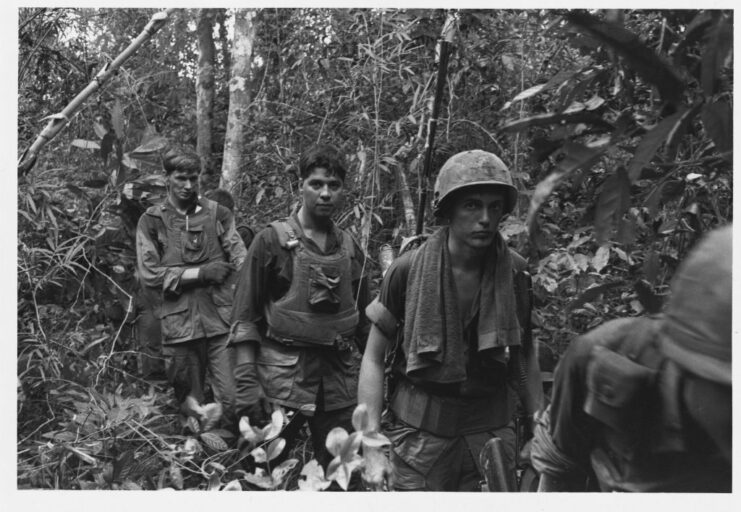
During the Vietnam War, the United States wanted a small spotter aircraft that could fly above the enemy-held jungle at 1,500 feet at night without being detected. At the time, the US Navy and Air Force didn’t have one capable of successfully doing this without alerting both the North Vietnamese and Viet Cong long before their arrival.
For this job, neither speed, complex shapes nor expensive paint would suffice, so Lockheed, the selected contractor, needed to return to basics.
This wasn’t Lockheed’s first rodeo
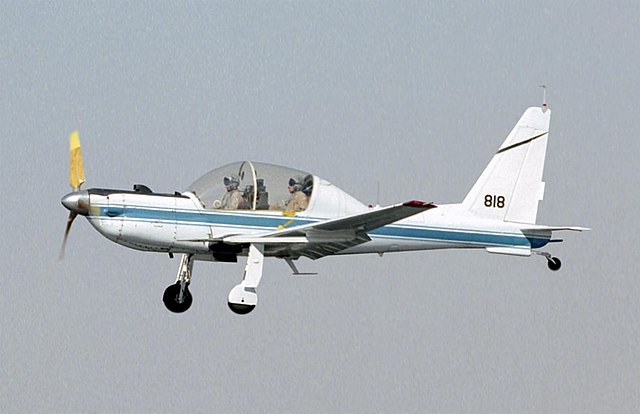
Lockheed was given the contract in 1968 by the US Department of Defense, specifically through its Space and Missile Division.
Fortunately, Lockheed had previously experimented with silent aircraft. A few years earlier, the company had equipped a glider with a quiet engine. This project showed promise, and the aircraft was sent to Vietnam for testing, which it passed successfully. Because of this, meeting the Pentagon’s new requirements was straightforward.
Developing the Lockheed YO-3 Quiet Star
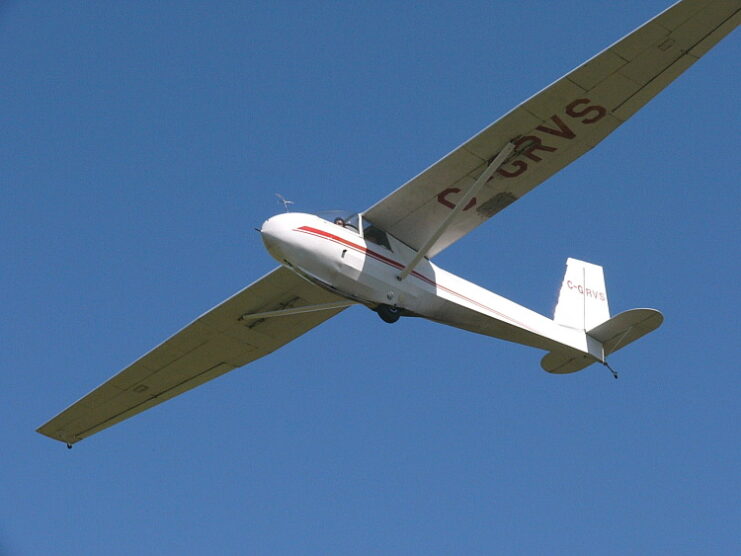
Lockheed initiated the YO-3 Quiet Star project by modifying a Schweizer glider. They substituted major parts of its original structure with lightweight metals and fiberglass—materials that were unusual for aircraft at the time. The main objective was to reduce weight in order to improve fuel efficiency and prolong flight duration.
Moreover, the cockpit was enlarged, and a bigger canopy was fitted to boost visibility. An observer/spotter seat was also added in front of the pilot, increasing the crew’s capacity.
Making a ‘stealthy’ engine
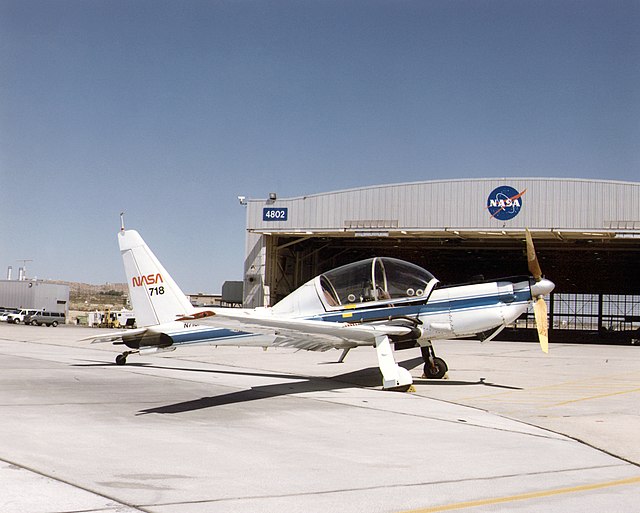
With the new glider design featuring further weight reduction, a massive engine was unnecessary. Instead, a Continental Model No. I0-360D power plant was used. This engine was connected to a slow-turning three-bladed propeller through a belt-and-pulley system. To minimize engine noise, fiberglass was packed around it, and the exhaust was routed through a muffler and ducts to the rear of the aircraft. This setup effectively eliminated nearly all sound.
Deploying the Lockheed YO-3 Quiet Star
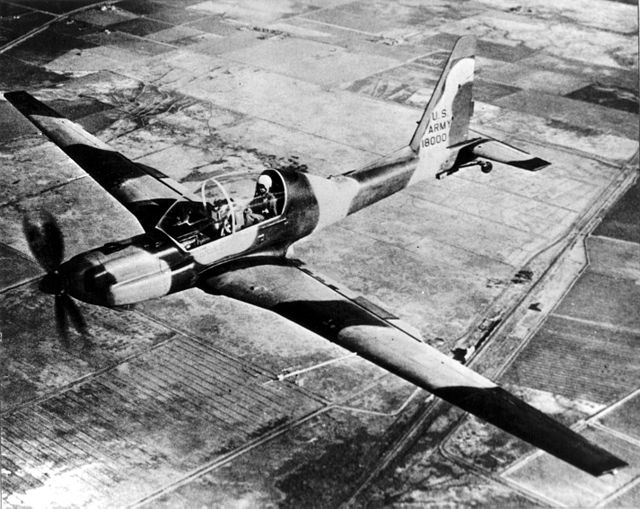
Work on the YO-3 Quiet Star was completed in 1969. Soon after, a number were sent to Vietnam for their baptism by fire, where they performed brilliantly and even exceeded the original requirements. Operating at night, they were so quiet that those below simply couldn’t hear them, and if they ever did figure out they were being watched, the YO-3 was long gone.
Before any mission, the Lockheed YO-3 would takeoff and fly around the air base. Those on the ground would listen out for any abnormal noises (or just any noise at all) and signal the aircraft to come down if they did. Any rattles would be fixed and repairs would be quickly carried out, after which the aircraft would go on its way.
More from us: The A-10 Warthog Was Built to Last – And These Facts Prove It
New! Want to become a trivia master? Sign up for our War History Fact of the Day newsletter!
The YO-3 was originally required to be silent from an altitude of over 1,500 feet, but crews realized the aircraft was so quiet that it could drop down to treetop level without detection. Over its service, no unit was hit by enemy fire. Unfortunately, the aircraft’s arrival in Vietnam was too late to make a noticeable impact. After the conflict ended, some units wound up in the hands of NASA and the Federal Bureau of Investigation (FBI).
